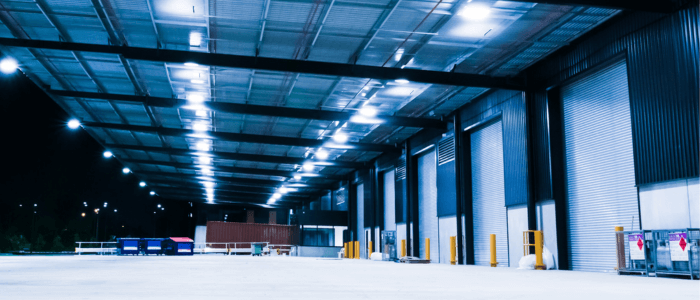Our working environment completely changed back in March 2020 due to COVID-19. Like us, you may have packed up your computer from your work desk and your home became your new office.
With restrictions changing, and being lifted in some areas, some have returned to the work desk whilst others will never return. The idea of ‘working from home’ is now here to stay.
A ‘working from home-office’ scenario is different to ‘running a business from home’. Whilst both circumstances can legitimately claim tax deductions for the operating costs incurred, they are treated differently by the Australian Tax Office.
The ATO has introduced the short-cut method due to COVID-19 when calculating your working at home expenses – 80 cents per hour for all of your running expenses, rather than you calculating costs for individual running expenses. The shortcut method is claimable for the following periods:
- 1st of March 2020 to the 30th of June 2020;
and has been extended until:
- 1st of July 2020 to the 30th of September 2020.
The Assistant Commissioner Karen Foat said: “If you choose to use this shortcut method, all you need to do is keep a record of the hours you worked from home as evidence of your claim. We think the 80 cents per hour method is much simpler for people. It’s quite generous and we envisage a lot of people will want to use that rate.”
Records must be kept by either recording on a timesheet, in a diary, roster or a similar document that outlines your working hours.
Is the tax depreciation deduction included in the short-cut method?
Yes it is. The ATO has combined the tax depreciation deduction within the 80c per hour worked. It covers ALL expenses that you are entitled to claim for the COVID19 period. The ATO states:
The shortcut method includes decline in value of all items. If you choose to use this method there is no requirement to separately calculate the decline in value of equipment or depreciating assets. However, as you may combine methods or use a different method in later years it’s important to keep the:
- purchase receipts for depreciating assets or equipment you use when working from home
- records of how you calculated your work-related use of the asset
- your decline in value calculations.
If I am working from home – do I have to need to organise a tax depreciation schedule?
No. If you are using the short-cut method, then this amount it is already included in the 80cents per hour. If you are using any other method your proactive accountant will generally work out the depreciation value and often these assets can be immediately written-off at the time of purchase.
A tax depreciation schedule is certainly the way to go when you are ‘running a business from home’ and claiming the structural part of the property or in more complex situations, this is where a free and no obligation conversation with one of our specialists can help.
Do I have to use the short-cut method?
No, you do not have to use the short-cut method. If you worked from home before COVID19 you will have to use one of the below methods (as per ATO) for that period. You can use one of the below methods for the whole period.
- Fixed rate method (52 cents)
- Actual cost method
What expenses can I claim from working from home?
As per the ATO the expenses that you can claim are:
- electricity expenses associated with heating, cooling and lighting the area from which you are working and running items you are using for work
- cleaning costs for a dedicated work area
- phone and internet expenses
- computer consumables (for example, printer paper and ink) and stationery
- home office equipment, including computers, printers, phones, furniture and furnishings – you can claim either the:
– full cost of items up to $300
– decline in value for items over $300.
What expenses can’t I claim?
As per the ATO the expenses that you can not claim are:
- the cost of coffee, tea, milk and other general household items your employer may otherwise have provided for you at work
- costs related to children and their education, including setting them up for online learning, teaching them at home or buying equipment such as iPads and desks
- items that you’re reimbursed for, paid directly by your employer or the decline in value of items provided by your employer – for example, a laptop or a phone
- time spent not working, such as time spent home schooling your children or your lunch break.
Employees generally can’t claim occupancy expenses such as rent, mortgage interest, water and rates.
Is there Capital Gains Tax implication by working from home?
Unlike ‘Running a business from home’, if you are an employee working from home and regardless of if you do or do not have a designated work-space, there will be no capital gains tax (CGT) implications for your principal place of residence. Read more information here from the ATO.
We are very happy to answer any questions you may have about claiming depreciation here at Capital Claims Tax Depreciation. You can contact Alex during business hours on 1300 922 220 or via email on alexk@capitalclaims.com.au.
Related articles:
What is an investment property depreciation schedule?
Landlords are boosting their tax returns by thousands with this single deduction
Tips for small businesses to maximise asset related tax deductions








